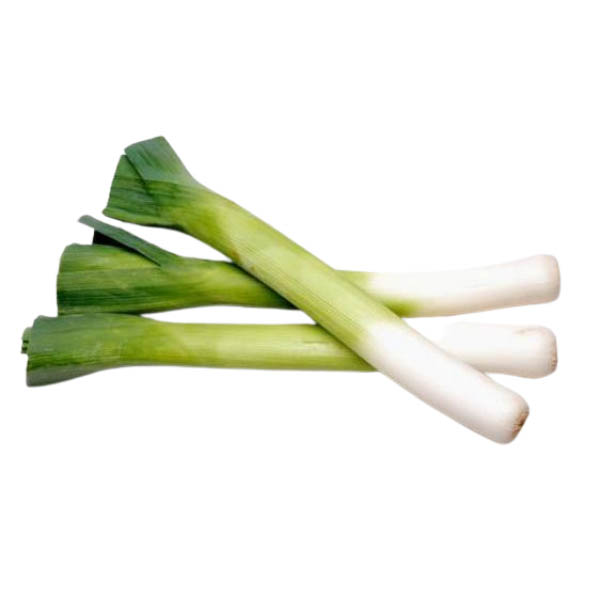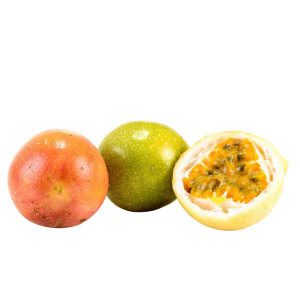Description
Large Long Summer Leek
up country wet zone and up country intermediate zone.
Egypt
Leeks have their own distinct flavor; quite harsh when raw but, when cooked, very delicate, like a mild onion but with a hint of sweetness.
Leeks possess significant amounts of anti-oxidants such as diallyl disulfide, diallyl trisulfide and allyl propyl disulfide. The compounds convert to allicin by enzymatic reaction when the leek-stalk was subjected to crushing, cutting, etc. Allicin is found to reduce cholesterol formation and it also has an anti-bacterial, anti-viral and anti-fungal effect. Also it helps decrease an overall risk of coronary artery disease, peripheral vascular diseases, and stroke.
Leek (Allium porrum) is a typical cool climate vegetable which belongs to the family Liliacea. Leeks are cylindrical leafy stalks obtained from the onion-family plant, in the Allium genus. They are biennial, tall, slender herbs with long cylindrical stem composed of concentric layers of overlapping leaves. Botanically, Leeks belong to the Alliaceae family of bulbous plants, in the genus: Allium. However, unlike their fellow allium members such as onion, shallots, garlic etc., they do not form underground bulbs.
Remove the dark green portion of the leeks and discard. Cut the leeks in half lengthwise and wash in water, being careful to check all the layers for hidden dirt. Fill a wide pan with water about 1/2-inch high up the sides. Add the leeks, simmer gently for 12 minutes, and then drain. Meanwhile, make the vinaigrette. In a small bowl, whisk together the mustard and balsamic vinegar, and then drizzle in the oil to make an emulsion, whisking constantly. Add in the salt, pepper, and thyme. Lay the leeks lengthwise on small serving platter. Sprinkle with the chopped bacon, drizzle with the dressing


